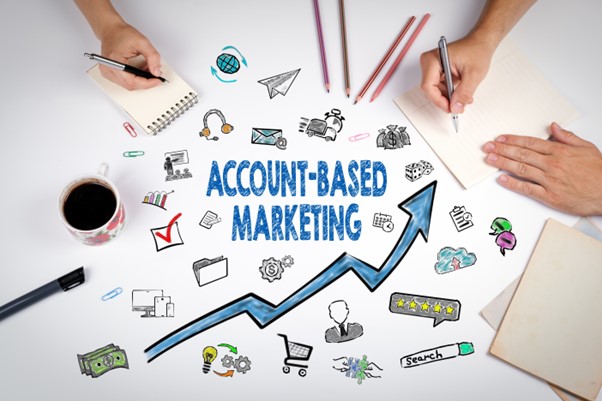By Mateusz Makosiewicz Reviewed by Michal Pecánek, Joshua Hardwick October 12, 2021
Marketing researcher and educator at Ahrefs. Mateusz has over 10 years of experience in marketing gained in agencies, SaaS and hardware businesses.
Key Points
This article is about account-based marketing (ABM), a type of B2B marketing that aligns marketing and sales to reach specific target accounts. Here are some key points:
- ABM vs traditional marketing: ABM considers target accounts as markets-of-one and emphasizes the quality of accounts over the number of leads. Traditional marketing starts from generalizations about the ideal customer and waits for them to reveal themselves.
- Types of ABM: There are three main types of ABM: one-to-one, one-to-few, and one-to-many. They differ in the number and granularity of account targeting, the level of personalization, and the goal of the campaign.
- Benefits and challenges of ABM: ABM can deliver higher ROI, lower customer acquisition costs, and better alignment between marketing and sales. However, ABM requires a solid brand, a high contract value, a budget for ABM tools, and a data-driven approach.
- ABM framework: The page introduces the TEAM framework, which stands for Target, Engage, Activate, and Measure. These are the four steps of implementing ABM, from selecting target accounts to measuring the results.
Visit Focus Topics for full article.

